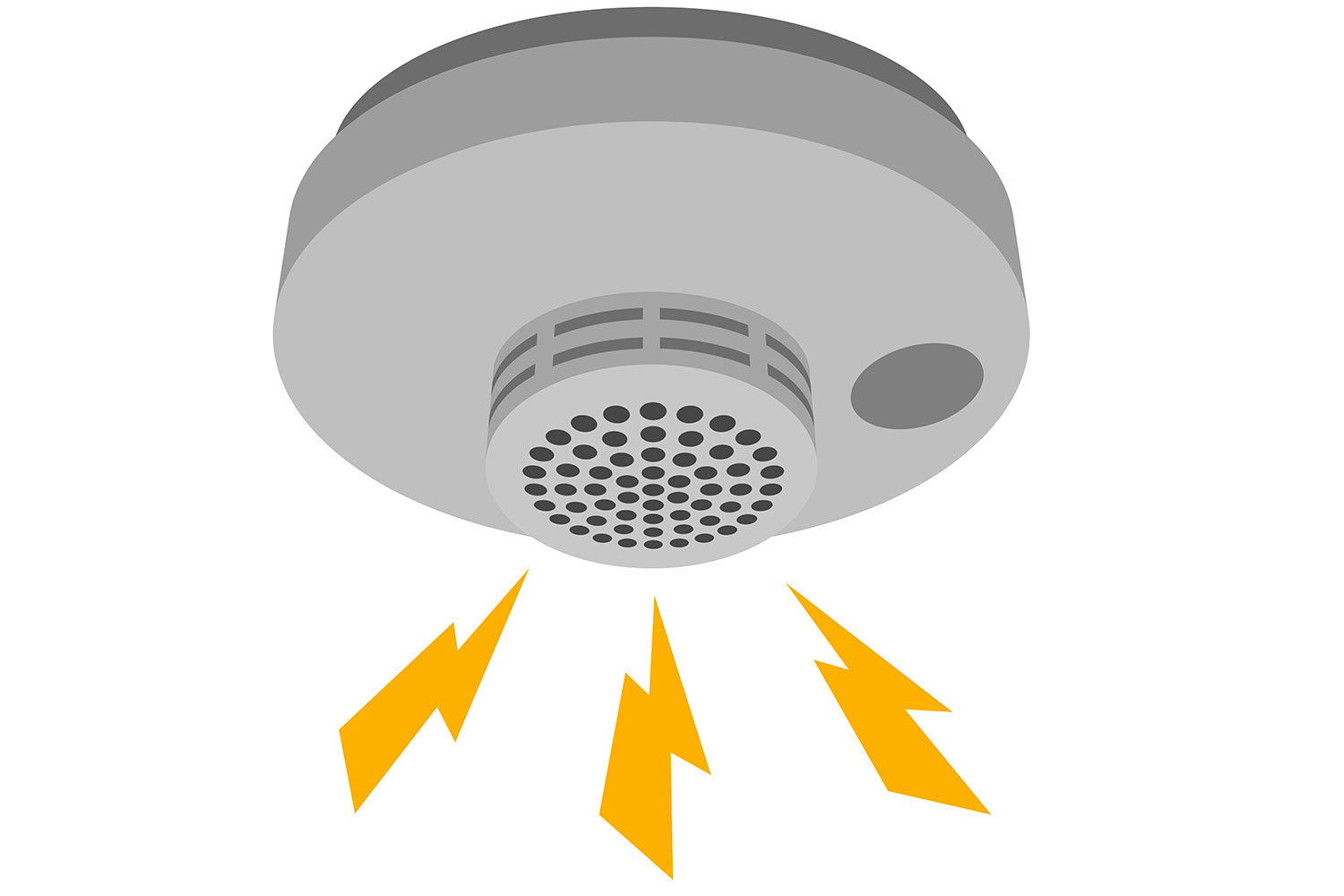
Jan. 24, 2020 | Gerald Vander Pyl
Proper smoke and CO alarm use could mean the difference between life and death
When it comes to fire safety in the home, properly functioning smoke and carbon monoxide (CO) alarms are the best early-warning systems.According to the National Fire Protection Association (NFRA), 60 per cent of fire deaths at home occur in structures with no working smoke alarms or no smoke alarms altogether.
Carol Henke, public information officer with the Calgary Fire Department, says that despite our best efforts, "things can happen" in a home and "the smoke alarm is what's going to alert you that there is a problem."
Henke says a house fire can double in size every 30 to 60 seconds, meaning you won't have much time to get you and your family to safety – perhaps only two or three minutes.
Also important are CO alarms, which Henke says are needed because almost every house has a gas-powered appliance (e.g., a furnace), a wood-burning or gas fireplace, or a vehicle in an attached garage.
She says incomplete combustion can create deadly CO, which is colourless, odourless, tasteless and non-irritating.
"It is a life-saving device. It truly is." - Carol Henke, Calgary Fire Department
Even worse, the symptoms of CO poisoning include headaches and dizziness, which can lead people to think they have the flu and lay down to rest.
Trevor Wilde, a service manager with 4-Star Electric in Calgary, says the building code sets out alarm requirements for new construction, which are also a good guide for any existing home.
Wilde says each level or floor of a home should have a combination smoke and CO alarm, along with an additional smoke alarm in every bedroom. The NFRA goes even further, recommending that alarms also be placed outside the doors of bedrooms.
Wilde says another code requirement is that the alarms all be interconnected, so if one goes off, the others follow suit.
He says an electrician can often retrofit an older home for alarm interconnectivity. There are also some alarms that can connect with each other wirelessly.
Having alarms "hardwired" into the home's electrical system is preferable, says Wilde, and those models have a backup battery for any power failures, which should be replaced twice a year.
He says alarms should be tested on a regular basis, and replaced when they reach their "expiry date," which is usually about 10 years after manufacture.
Henke adds that if homeowners get frustrated by false alarms caused by cooking or steam from bathrooms, they should move the alarms to a proper location farther from these areas – do not disconnect them.
"It is a life-saving device," she said. "It truly is."
For more information on smoke and CO alarms, along with general tips for fire safety in the home, visit nfpa.org/Public-Education.
Tagged: Calgary | Calgary Fire Department | Calgary Real Estate | Calgary Real Estate News | carbon monoxide | CO | Feature | fire | House & Home | How To | Safety | smoke




